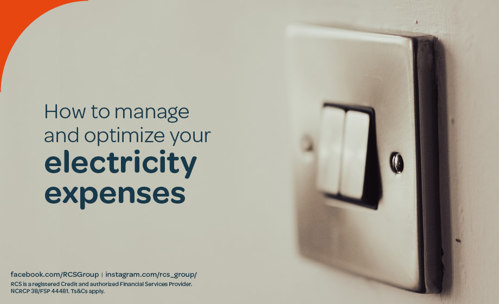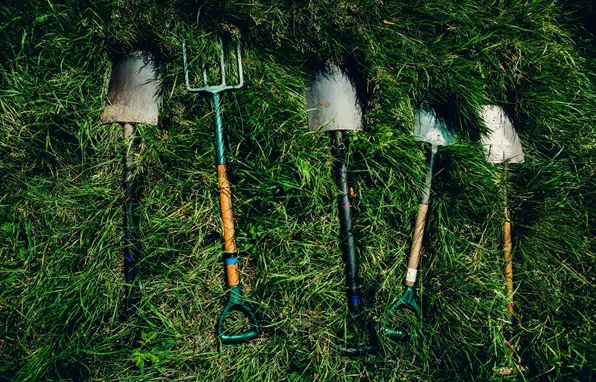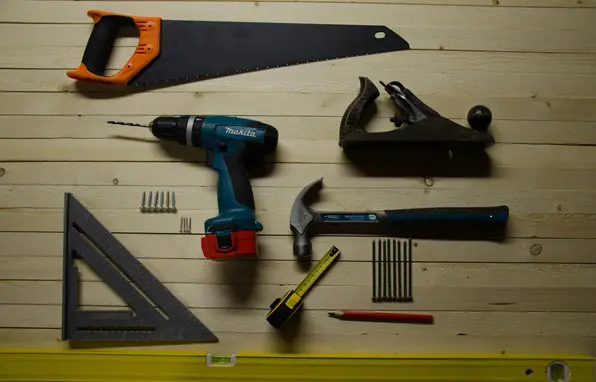Manage and optimize your electricity expenses
24 AUGUST 2023
Keeping track of your electricity and power usage is important as tariffs can increase and lowering our impact on the environment is beneficial. Learn how to calculate your electricity bill and how to save some money on electricity in this article.
Which devices use the most electricity?
Depending on your family size and how many devices and appliances are in use daily, consumption can fluctuate during the day. During the cold winter months, we tend to use heaters and geysers more often to stay warm. This increases our electricity usage drastically. The following is a list of devices that use the most electricity, in order of most to least;
- Cooling and heating appliances
- Water heater
- Washer and dryer
- Lighting
- Refrigerator
- Electric oven
- TV, DVD, cable box
- Dishwasher
- Computer
How is electricity measured?
Electricity is measured in watts, where most devices and appliances need over 1000 watts to function. 1000 Watts are known as kilowatt. Electricity usage is measured by the number of kilowatts by how many hours in use, i.e. kilowatt-hours or kWh. E.g. if a 100 watt light bulb is left on for 5 hours a day during a 30-day month, you will have used 100 watts x 150 hours = 15 000 watt-hours of power or 15 kWh.
How to manage your electricity expenses?
There are many ways to track your consumption, either manually or through an online calculator. It’s important to do so as tariff increases can increase and affect how much you’re paying each month for electricity units.
Calculate how much you’re consuming by using this formula;
Add up your daily electricity consumption and multiply by 30 days. (kWh)
Calculate the usable space of your home. (square meters, or m2) Divide your electricity consumption by your usable space. (kWh/m2)
Visit Eskom to find your tariff rate and to calculate the rand value of an appliance’s use. Multiply the kWh an appliance uses by the energy rate (c/kWh) applicable to your tariff and divide by 100 to get to the rand value.
You could also use one of the many online calculators to calculate your electricity usage or to track your monthly consumption.
Optimize your electricity expenses
Reducing your electricity usage will help you save money and manage how you use electricity month to month. Here are some tips on how to reduce electricity and save power:
- Switch your geyser off if you’re not using it if you leave on holiday or install a timer.
- Lower your geyser temperature to 55°C or less.
- Use an insulation blanket to cover your water heater.
- Invest in a solar geyser to save 40% on electricity bills.
- Run your pool pump for shorter periods, especially during winter.
- Replace lightbulbs with LED’s, they use 90% less power.
- Switch off appliances fully, not on standby.
- Set your fridge between 2°C and 5°C and your freezer between -20°C and - 22°C
- Use an energy-saving powerhead, as they use up to 40% less water.
- Here are some energy-efficient products that will help you save money on power.
Track consumption and usage with an app or manually monitor your daily usage to minimize unnecessary electricity uses. By implementing the above strategies, you’ll be able to notice how much you can cut back per month on your bills. Giving you more money to save.



